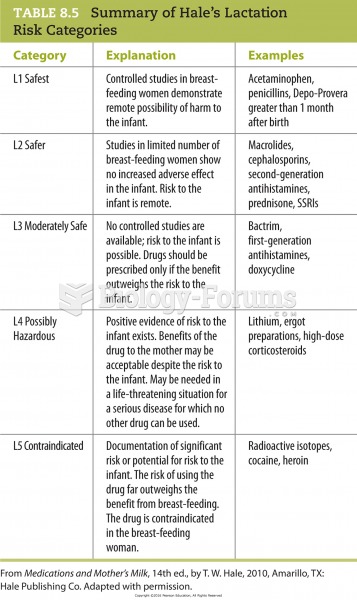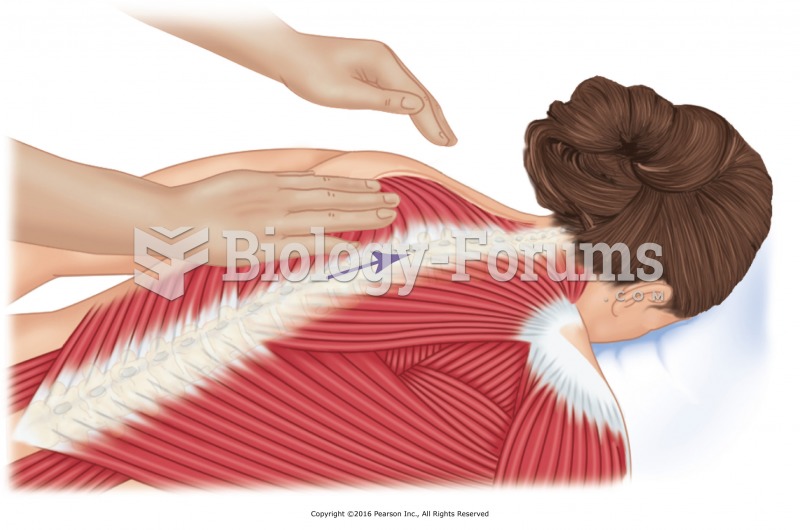Answer to Question 1
The complexity of management defies simple answers for some of what managers do. This complexity can be thought of in terms of four categories of cognitive tension that every manager faces: ambiguities, trade-offs, dilemmas, and paradoxes.
Ambiguities are situations that are not clearly defined, are complicated, or are changing rapidly. Certainly the broader one's responsibility becomes as a manager, the more likely they will face ambiguous situations. But even frontline supervisors face ambiguous problems.
The second category of management complexity is that some management problems are rooted in the trade-offs inherent in business. A trade-off is a giving up of one thing in order to get something else.
The third type of management tension is a dilemma, which is the position of deciding between two things that offer the strong potential for expected unpleasant outcomes.
The fourth type of tension is when you must do two seemingly opposite things at the same time to pursue goals that appear to be in direct conflict with each other. This is called a paradox.
Answer to Question 2
Managers come in all different types and organizational levels. There are four organizational levels, of which, two are frontline supervisors and senior managers. Frontline supervisors and team leaders work one-on-one with individuals who are getting the day-to-day technical work done. Here the focus is on managing individual performance and teamwork. Because of this, their work tends to pull their thinking toward dealing with specific events or projects that occur. The frontline supervisor may perform some technical work in addition to management work. Becoming a frontline supervisor or team leader is often the first opportunity to be a manager. Senior managers are responsible for thinking about the organization as a whole as it responds to changes in the outside environment. Their viewpoints encompass all the work processes and how they interrelate, as well as systems both inside and outside the organization. Because of this, they must focus on the interrelated organizational issues that the company faces now and in the future. With experience, they develop the skill of tolerating ambiguous situations while setting the strategic agenda for the future of the entire organization.







